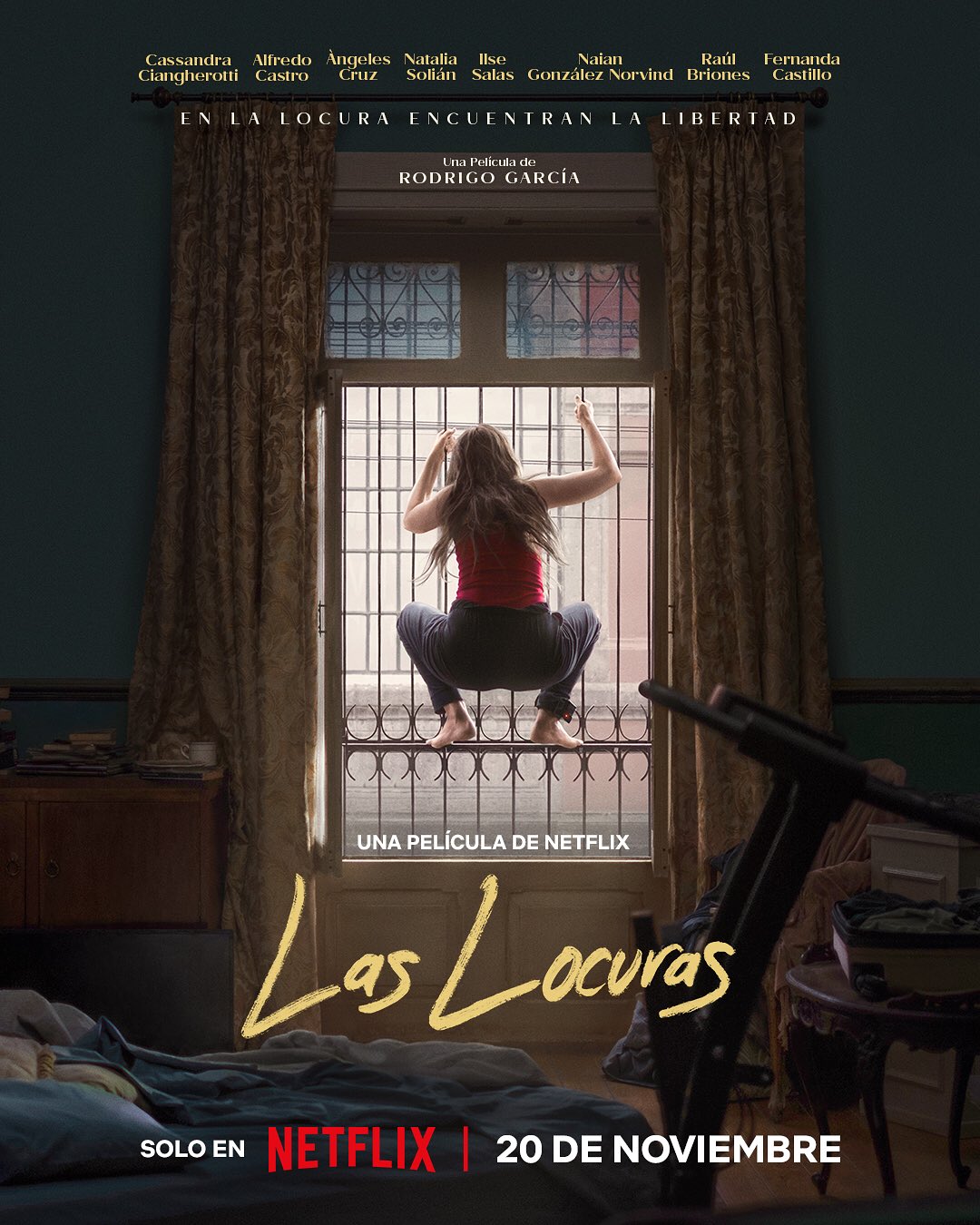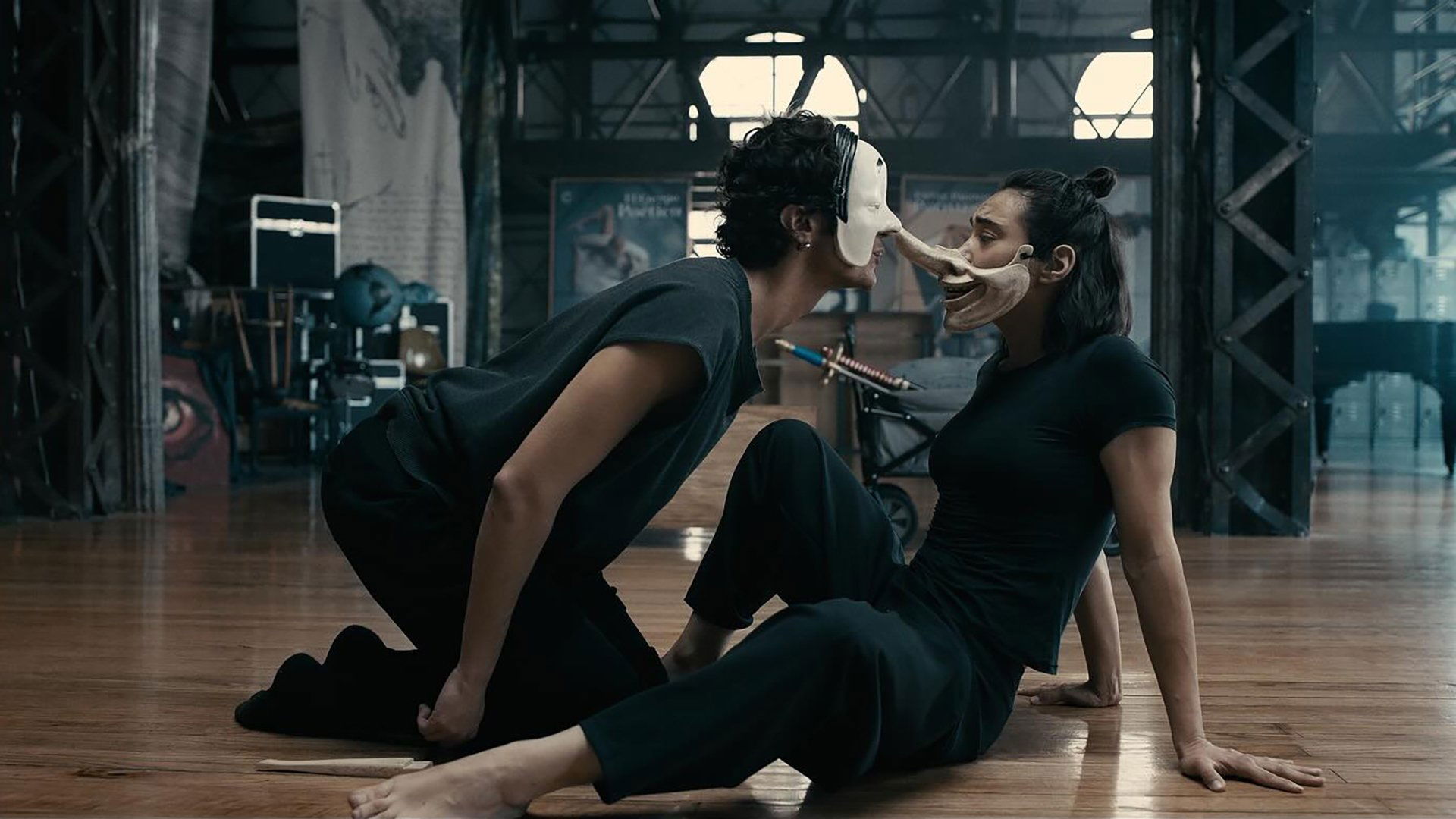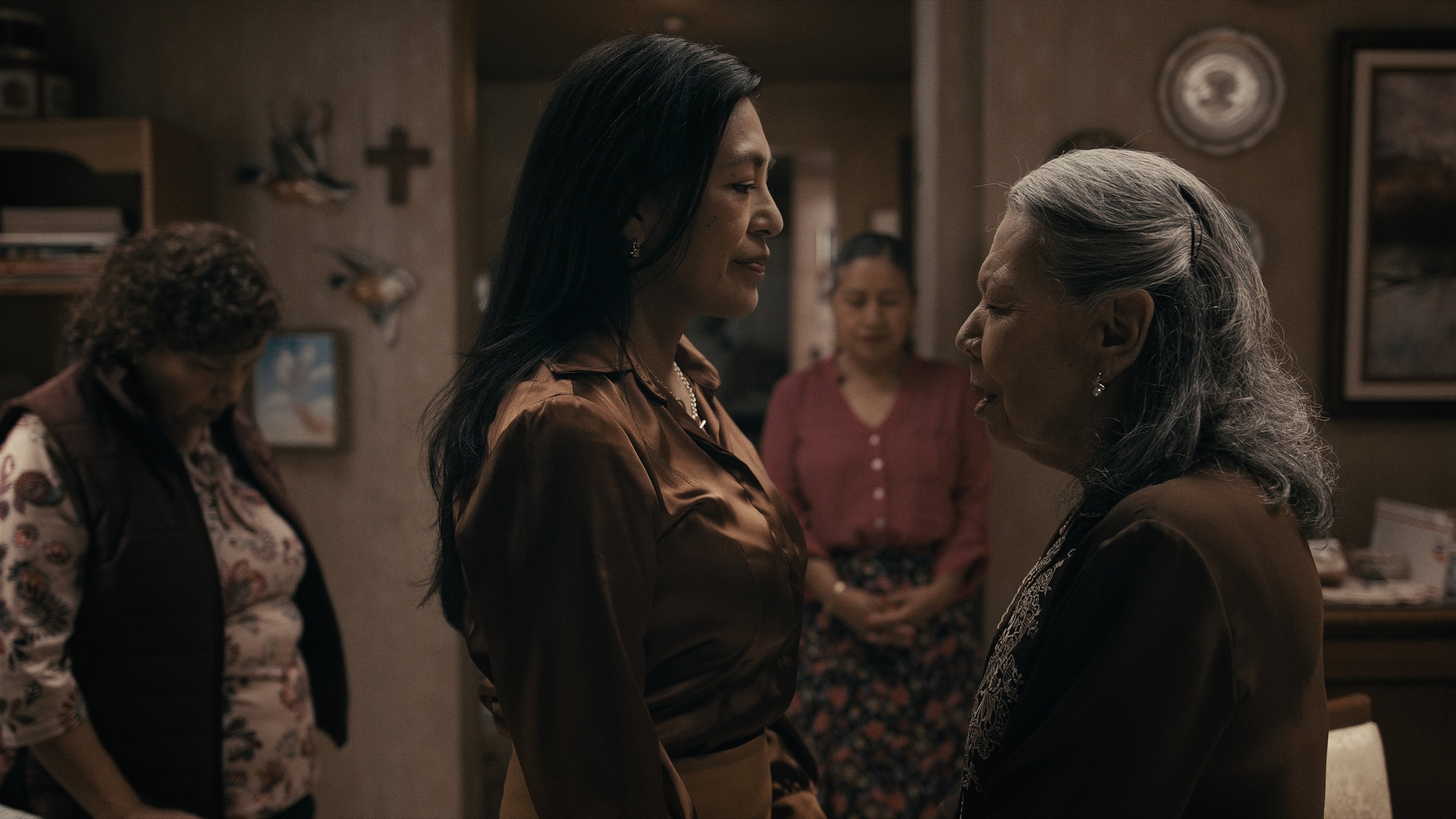Most film critics keep a “sacred list” of their favorite filmmakers and films — a small circle that rarely changes. These lists usually include the same handful of names, and newcomers are seldom welcomed into this elite group. Yet, every once in a while, a film or filmmaker emerges with such undeniable power and charm that it breaks through the rigid walls of cinematic tradition and earns a place among the untouchables.
When I first saw The Follies, it immediately took hold of me — it was love at first sight.
Also, I’ve never liked the cliché of calling Rodrigo García “the Ingmar Bergman of our time.” Such comparisons, though meant as praise, only serve to confine a new creative voice within the shadow of a known master. Of course, for someone like me — who has always admired Bergman for his profound ability to create and develop complex human characters — it is deeply gratifying to discover another filmmaker who explores similar emotional and psychological depths at such a high level.
I’ve always loved One Thousand and One Nights for its episodic storytelling and the way it seamlessly weaves its many tales into one mesmerizing tapestry.
Do you remember Hitchcock’s The Trouble with Harry? It’s undeniably inspired by a tale from One Thousand and One Nights. In Hitchcock’s film, when a local man’s corpse is found on a quiet hillside, no one in the village is entirely sure what happened — and several residents secretly suspect they might be responsible. This single dead body becomes a thread connecting a series of stories and characters, each revealing a slice of human folly and desire.
The Follies carries something of that same spirit — it has the DNA of One Thousand and One Nights running through its veins. For example, the film introduces us to several interconnected characters whose lives overlap and evolve across different episodes. The Follies opens with the story of Renata — a young woman under house arrest who suffers from a mild mental disorder. We witness her interactions with her sister Solecita, an actress; with a couple of veterinarians, Aurelio and Penelope; with her psychologist, Irlanda; and with her lover, Miranda. Gradually, the film follows each of these characters into their own worlds in later episodes. This fluid, interwoven structure is nothing short of magical — a narrative design that Rodrigo García masterfully orchestrates.

All six main characters in The Follies are women, and this is no coincidence. Throughout his career, Rodrigo García has demonstrated an exceptional understanding of women — their fears, silences, strength, and contradictions. From Things You Can Tell Just by Looking at Her and Nine Lives to Mother and Child and Four Good Days, García has consistently portrayed women with rare emotional honesty and compassion. In The Follies, he once again proves his gift for exploring the inner landscapes of women’s lives — not as archetypes or symbols, but as living, breathing souls navigating love, pain, guilt, and self-discovery.
The first episode of The Follies, titled “Crimes and Punishments,” centers on Renata — a rebellious young woman who appears, at first glance, to suffer from a mental disorder. But as the story unfolds, we realize that her so-called “madness” is actually a heightened awareness — a refusal to conform to a world built on pretense and hypocrisy. Renata sees people and situations with piercing clarity and, with brutal honesty and biting humor, exposes what others conceal to maintain social harmony. Her home confinement is not the result of illness or crime, but rather a punishment for her courage — for standing openly against racism and injustice in a society that fears truth-tellers.
In the second episode, titled “The Sleeping Beauty,” the focus shifts to Aurelio and Penelope — the so-called “angels of death” who euthanize old and suffering dogs. The story begins with their visit to the home of an elderly couple, where they have come to perform their somber duty. Yet what seems at first like a routine act soon becomes an emotionally charged and haunting encounter. Both Aurelio and Penelope remain under the spell of Renata’s provocative question — asked when she first met them — “Do you enjoy killing dogs?” Her words echo in their minds, unsettling the fragile balance of their relationship. The emotional tension reaches a painful peak when they discover that the dog they are about to put to sleep is also named Penelope — a coincidence that complicates their emotions even further and blurs the line between compassion and cruelty. As they carry out their task, doubt and guilt creep in, forcing them to confront uncomfortable truths about their love for each other and the morality of what they do. By the time they leave the house, they are no longer the same people who entered; their world, like their conscience, has shifted irreversibly.
The third episode, titled “Sentimental Education,” introduces us to Miranda, who met Renata only a few days earlier and has already fallen deeply in love with her. Miranda finds a way to break through the barriers Renata’s father has set around her daughter’s confinement and manages to reach her. What follows is an encounter filled with tenderness, longing, and fearless passion. Miranda and Renata make love — an act that feels less like rebellion and more like revelation. Through Miranda’s eyes, we see even more clearly the unpredictable, magnetic world of Renata — her openness, her defiance of hypocrisy, and her refusal to let social norms dictate her desires. She lives with an unfiltered awareness of what she wants to experience and what truly matters to her, unafraid to embrace life’s intensity on her own terms.

In the fourth episode, titled “Journey Back to the Source,” we follow Irlanda, Renata’s psychologist, as she visits her family to celebrate her father’s birthday. In this gathering, we discover that Irlanda herself is entangled in emotional turmoil — haunted by memories of an abusive ex-husband and the scars of a relationship marked by humiliation and control. What makes her pain even sharper is the reaction of her own family, who, in a deeply patriarchal reflex, choose to side with her abuser rather than support her. Irlanda’s restrained composure gradually unravels as anger, betrayal, and moral exhaustion take over. In this episode, Rodrigo García exposes the complex web of gender, power, and denial in contemporary society — revealing, with subtle irony, how easily the hunter can become the hunted.

The fifth episode, titled “The Sound and the Fury,” is a striking and psychologically charged exploration of female desire and vulnerability. It follows Solecita, Renata’s sister, as she attends an acting class where she must perform an emotionally intense scene with a young, handsome male partner. As the exercise unfolds, the boundaries between performance and reality begin to blur. The young man’s provocative energy awakens in Solecita deep, hidden desires and long-suppressed emotions that both attract and disturb her. The scene becomes a fascinating blend of acting and confession, art and life — until she is pushed to the edge of discomfort. Yet, paradoxically, Solecita finds herself drawn to the experience, discovering something liberating in the confrontation.
However, when she leaves the class and boards a train, the real world intrudes harshly. There, she encounters Irlanda’s ex-husband, the same abusive man we met in the previous episode, who touches her from behind in a vile and violating gesture. Solecita’s reaction is explosive — a furious outburst that contrasts sharply with her earlier, intimate vulnerability. In that moment, García powerfully exposes not only the difference between sensuality and assault but also reveals the true, repulsive face of Irlanda’s ex-husband — turning the quiet tension of earlier episodes into raw moral outrage.

In the sixth and final episode, titled “The Tempest,” we meet a real estate broker who has received an excellent offer to buy the house where Renata’s family lives. Her visit takes an unexpected turn after she meets Renata herself, who impresses her with her sharp intelligence and surprising knowledge of the business world. But when the subject of Renata’s house imprisonment comes up, the conversation changes tone. Renata’s unflinching honesty and biting yet insightful remarks shake the broker’s moral balance. What began as a simple real estate negotiation transforms into a profound human encounter that forces the broker to reexamine her choices — and the film’s ending, tender and poetic, is so beautifully unexpected that it is best left for the viewer to experience firsthand.
Watching a Rodrigo García film is unlike watching mainstream cinema. In The Follies, what matters is not the plot itself or the resolution of each episode, but the experience of living through its emotional landscapes — like drifting through your own memories. No matter how many times you revisit them, there is always pleasure, always discovery, always something new waiting between the silences. I can sit and watch different parts of The Follies again and again, savoring them as one savors the passing of a beautiful landscape — a moving, human panorama of fragility, truth, and grace.
You may watch The Follies on NETFLIX now


